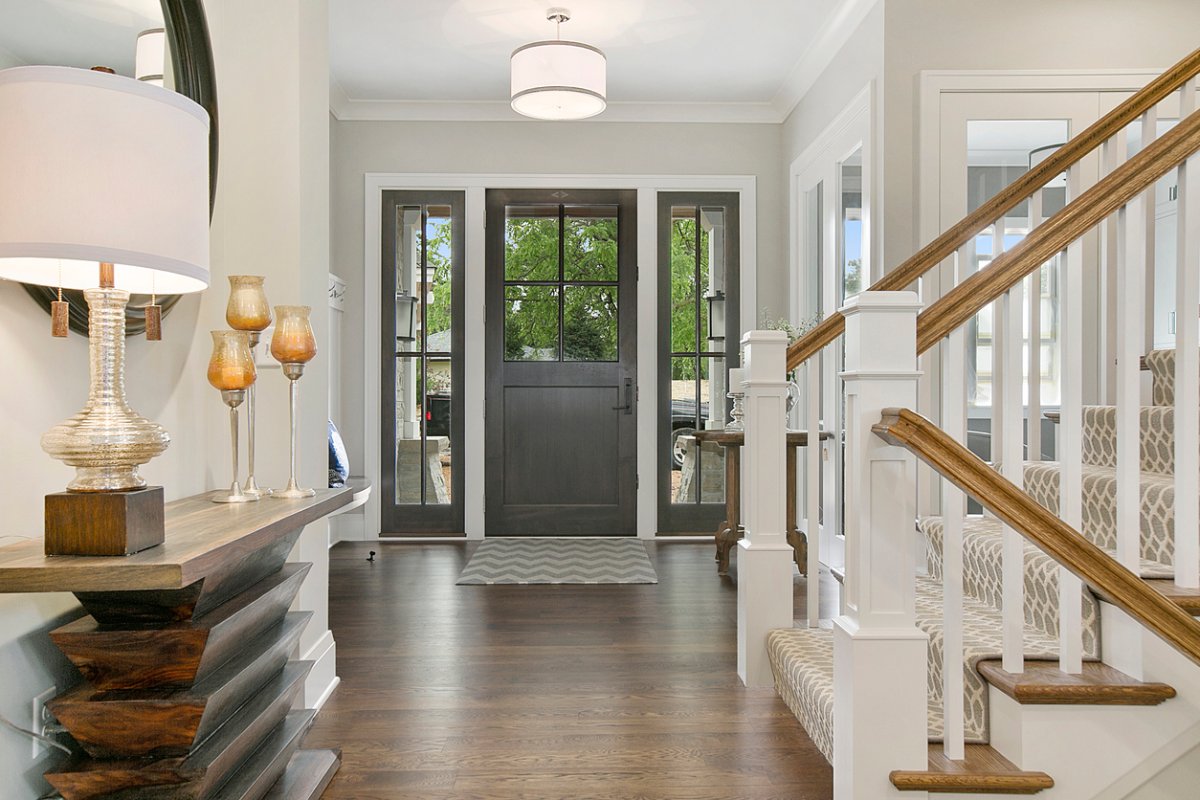

We may earn revenue from the products available on this page and participate in affiliate programs. Learn More ›
The spaces that people use for social purposes are defined in part by light. Too often, however, lighting design misses the fact that how we light our space says a lot about who we are and what we value.
Light and Atmosphere
If you look at the lighting in a mall or an open office environment, you will get a glimpse into the thinking of many conventional lighting plans. Through the use of uniform illumination, they attempt to light everything and highlight nothing.
The fact is, however, that light patterns are inherently uneven. Most daylit spaces have light that varies from minute to minute, place to place. When light is totally even, it is cold and unreal. Think instead of the intimacy and warmth of a restaurant with lights over the tables, the cozy arm chair in your den with its lamp to read by, or the desk light used for a teen’s homework.
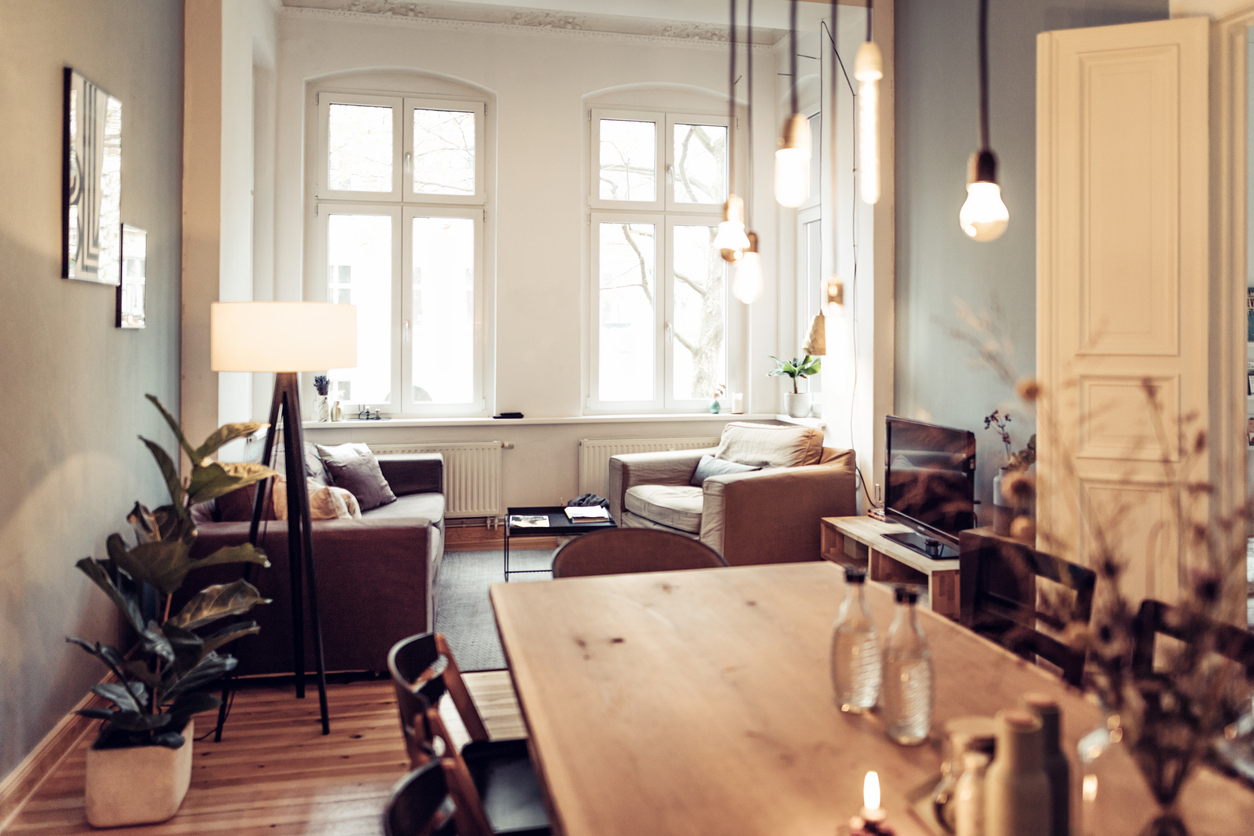
Every room in a house is like a layered composition, and each layer represents a different element in the room. All materials reflect light and contribute to the appearance and feel of a room. So, you need to consider not only the source of the light, but all of the materials in the room as they come together to give the room its identity. Some rooms feel warm and cozy; others are cooler and more lively. Only you can be the judge of what is right for your taste and style.
Remember that the color of the light in a room depends on more than the color of the surfaces. There is a complex interaction between the color of the light sources and the way that light plays on and off the many surfaces in the room.
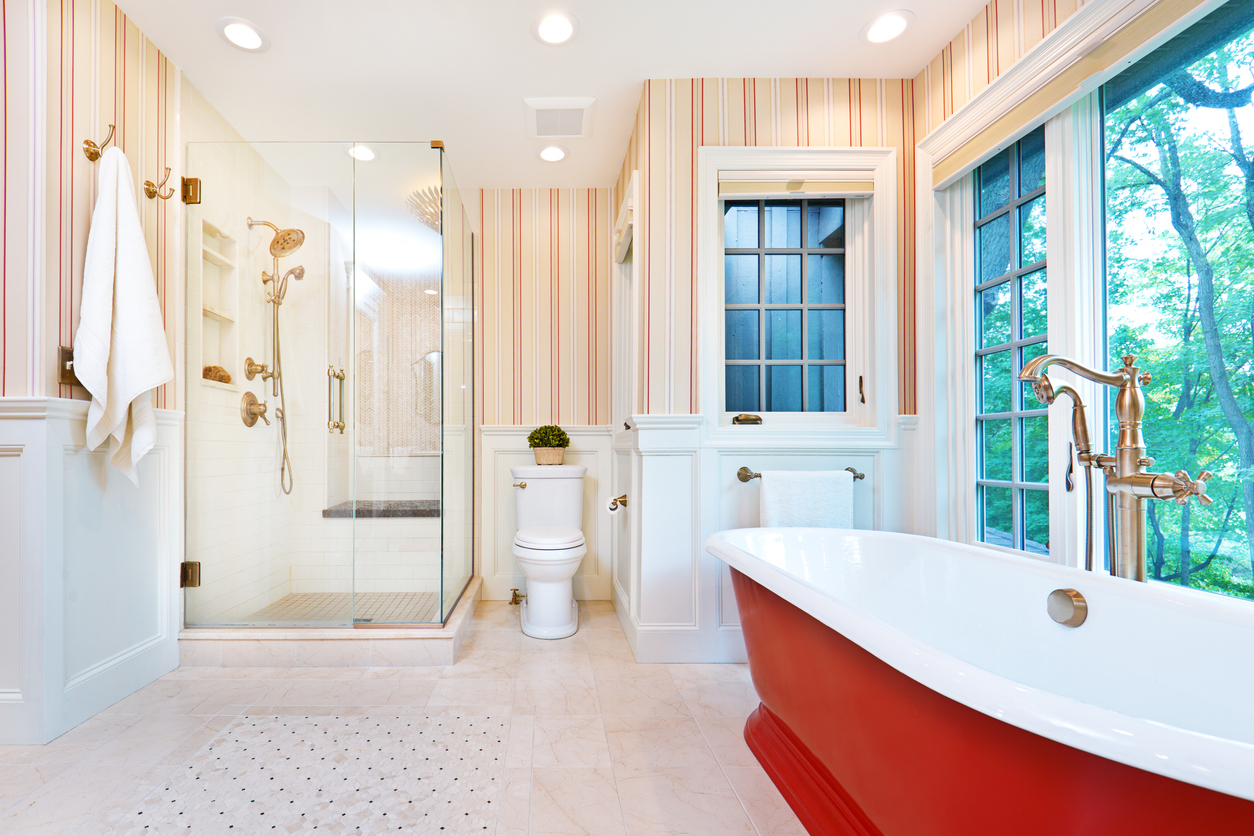
Layers of Light
There are at least a few basic ways to arrange the lighting in your home.
AMBIENT LIGHTING
The first is ambient lighting, which does nothing else but provide general, all-purpose light and enable people to move about the home safely. Unless visually demanding activities are done in the room, you should avoid high illuminance levels (the amount of light that reaches a surface) from ambient lighting, and instead complement the ambient light with individual accent and or task lighting.
INDIRECT LIGHTING
Indirect lighting, a form of ambient lighting, uses one or more luminaires (fixtures) to throw light onto the ceiling and upper walls of a room. This is also called uplighting. Indirect lighting minimizes shadows and reflected glare that bounces off the ceiling. Uplighting is particularly useful when using glossy paper or reflective surfaces such as computer or television screens.
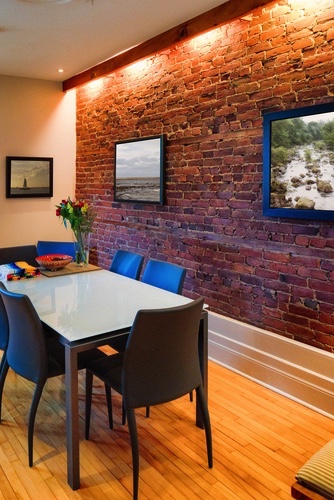
WALL WASHING
Wall washing is used to light a vertical surface to an even, consistent brightness. This technique draws the eye to the wall and is often used to accentuate a large piece of art, a dramatic fireplace or an entrance.
Wall washing is accomplished by placing luminaires in or on the ceiling or on the floor at regular intervals and is used to help make a room feel larger. You must be careful not to “wash” walls that have windows or mirrors, however, since the lights will reflect off of those surfaces, creating glare and disrupting the uniformity of the light. Since dark surfaces reflect far less light than white surfaces, more light has to be directed onto them to achieve a washed effect.
ACCENT LIGHTING
Accent lighting emphasizes objects by focusing light directly on them. You can create very dramatic effects with accent lighting by using directional luminaires. Be warned, however, that with accent lighting it is easy to overdo it—a room with too much accent lighting may appear disorganized and feel chaotic. Remember that if you light everything, nothing will be highlighted.
To increase visual impact, try selecting lamps that focus a narrow beam of light on a small object with a minimum of stray light.
Also, if you reduce the ambient light surrounding the accented object or area, you can still create effective highlights and save energy.
For the most dramatic and efficient effects, place light-colored objects on a dark background, thereby reducing the output required to light your object and increasing the drama of the presentation.
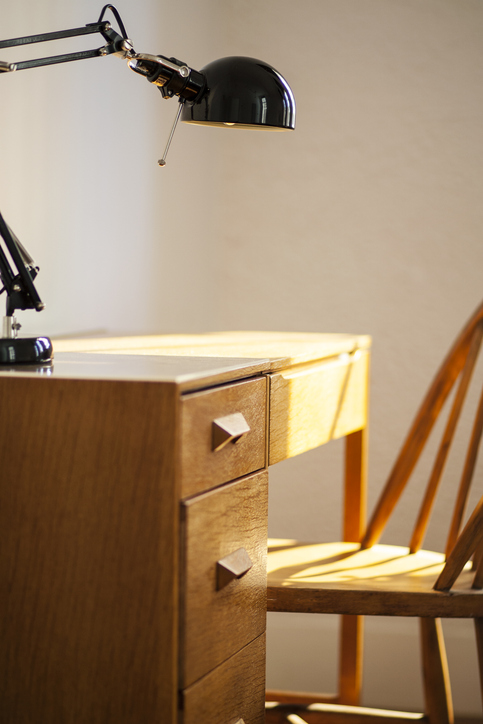
TASK LIGHTING
Finally, task lighting provides focused light for specific tasks in a room that might also have ambient lighting. Task lighting is especially appropriate for seeing small objects or objects with little contrast. Remember that as people age they require more light to do the same visual tasks they did as younger people — a lot more light!
Every room in your home could require some type of task lighting. Look first to the rooms where appliances are used when determining your task lighting needs: the kitchen, study, home office, workshop, or project room. A closer look at these and other room-specific lighting needs will mark the first step in a plan for smarter lighting design in your home.
